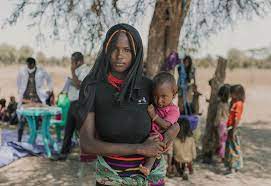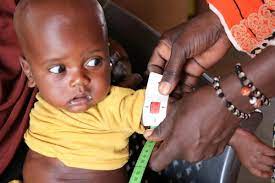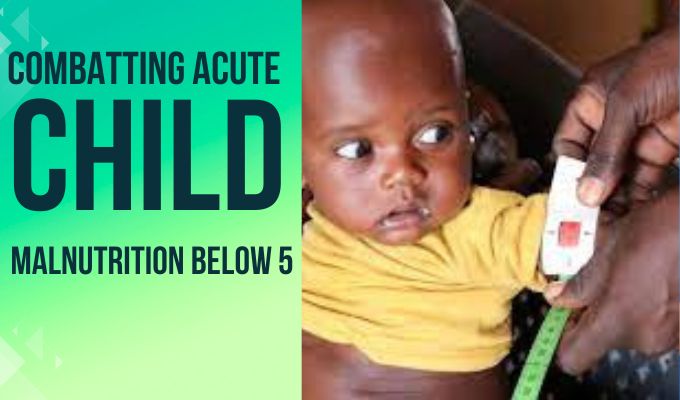In a significant stride toward securing the well-being of our littlest ones, the World Health Organization Combatting Acute Child Malnutrition Below 5. Addressing the critical concern of acute malnutrition in children under five, WHO issues a new guideline that promises to be a game-changer. Imagine this as a beacon of hope for parents worldwide, as experts pool their insights to tackle the roots of child malnutrition head-on. The guidelines not only signal a shift in approach but also bring accessible insights for caregivers to safeguard their children’s health. Join us as we unravel the vital details of WHO’s latest initiative in child nutrition!

Introduction:
The World Health Organization (WHO) has recently unveiled a groundbreaking guideline to combat acute malnutrition in children under five, addressing a critical global health issue. This guide delves into the historical context, emerging threats, and the need for a fresh approach, along with practical insights into early identification, nutritional interventions, and crucial psychological and social support.
Understanding Acute Malnutrition:
Explore the nuances of acute malnutrition in children under five, grasping the severity of the issue and its impact on overall health and development.
WHO’s Historical Approach:
Gain insights into the previous strategies employed by WHO, understanding their evolution and the factors influencing the shift in approach.
Emerging Threats and Need for New Guidelines:
Examine the contemporary challenges and the necessity for updated guidelines in tackling acute malnutrition among the youngest demographic.
Early Identification and Screening:
Discover effective methods for early identification and screening, empowering caregivers and healthcare professionals with timely interventions.
Nutritional Interventions:
Explore WHO’s latest guidelines on nutritional interventions, including dietary recommendations and innovative approaches to address malnutrition.
Psychological and Social Support:
Understand the importance of psychological and social support in the holistic well-being of children, considering the emotional aspects alongside physical health.
Success Stories and Case Studies:
Delve into real-life success stories and case studies, highlighting the positive impact of implementing WHO’s guidelines in diverse settings.
Collaborative Efforts:
Explore the collaborative initiatives involving governments, NGOs, and healthcare providers to implement WHO’s guidelines effectively on a global scale.
Measuring Impact:
Learn about the methodologies and metrics employed to measure the impact of WHO’s guidelines, assessing their effectiveness and areas for improvement.
Conclusion:
Summarize the key takeaways, emphasizing the significance of WHO’s new guidelines and the collective efforts required to ensure a healthier future for children under five worldwide.

FAQS:
Q1:WHO guidelines for the treatment of malnutrition?
The World Health Organization (WHO) provides comprehensive guidelines for the treatment of malnutrition. These guidelines encompass a range of interventions, including nutritional support, medical care, and monitoring, tailored to different age groups and specific nutritional deficiencies.
Q2:WHO guideline updates on the management of severe acute malnutrition?
WHO periodically updates guidelines on the management of severe acute malnutrition to reflect the latest research and best practices. These updates often include evidence-based recommendations for therapeutic approaches, feeding protocols, and other crucial aspects of care for children suffering from severe acute malnutrition.
Q3:WHO criteria for malnutrition in children?
WHO establishes criteria for malnutrition in children based on anthropometric measurements such as weight-for-height, height-for-age, and weight-for-age. These criteria serve as essential tools for healthcare professionals to assess and diagnose malnutrition in children accurately.
Q4:WHO guidelines on the management of waste?
WHO provides guidelines specifically addressing the management of wasting, a severe form of malnutrition characterized by a rapid loss of weight and muscle tissue. These guidelines cover various aspects, including nutritional rehabilitation, medical treatment, and monitoring, to effectively address and manage waste in different settings and age groups.


